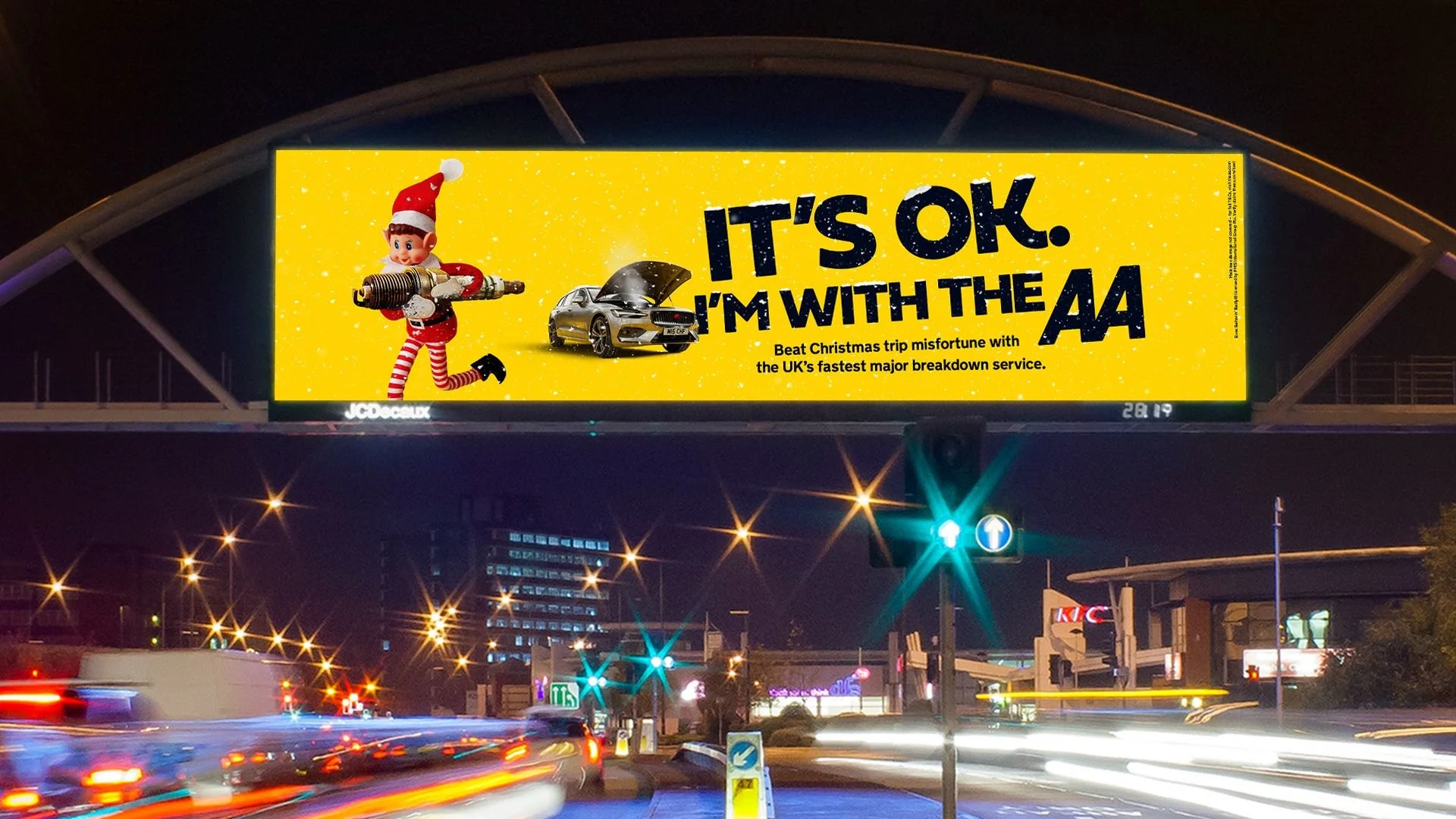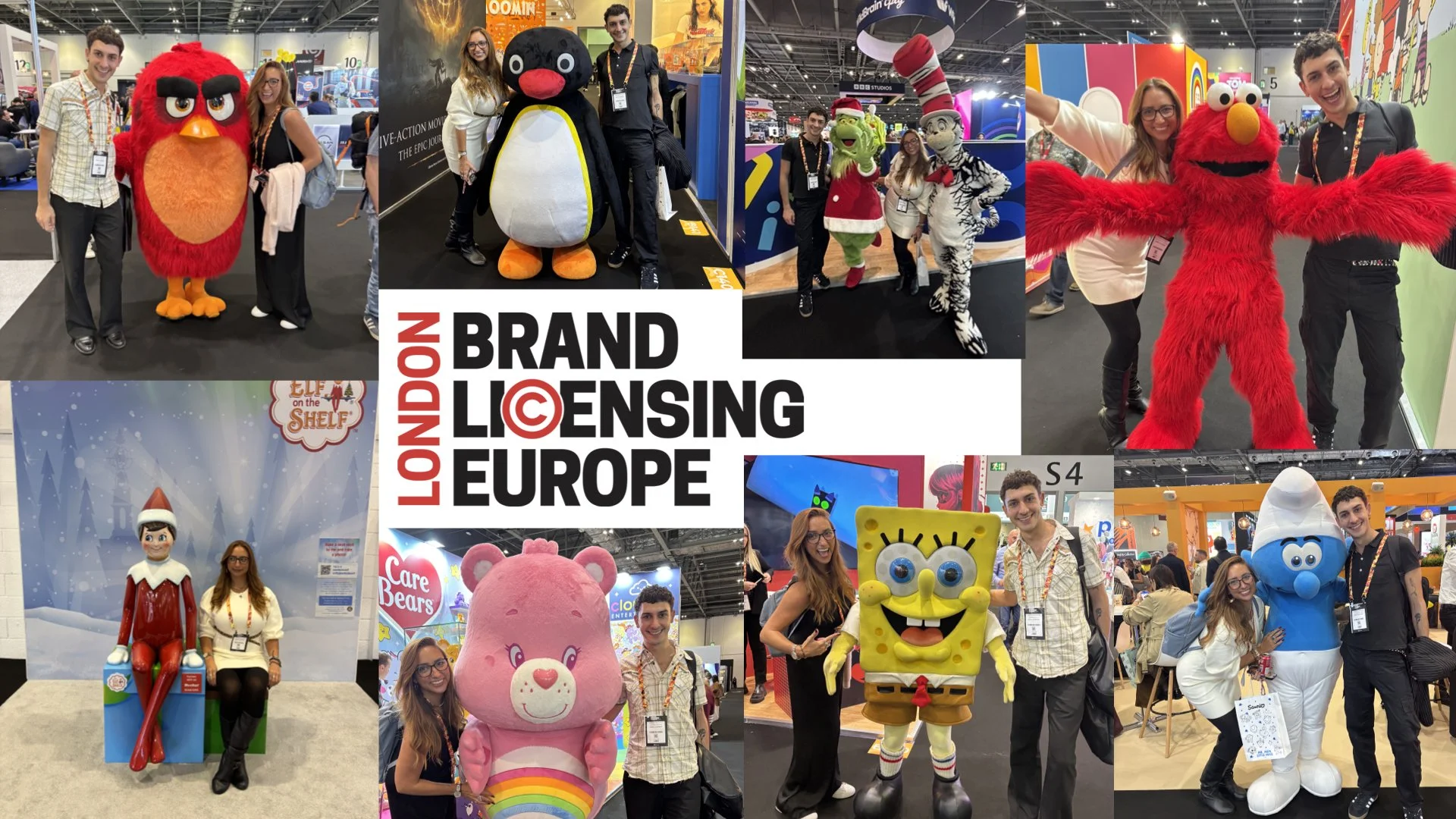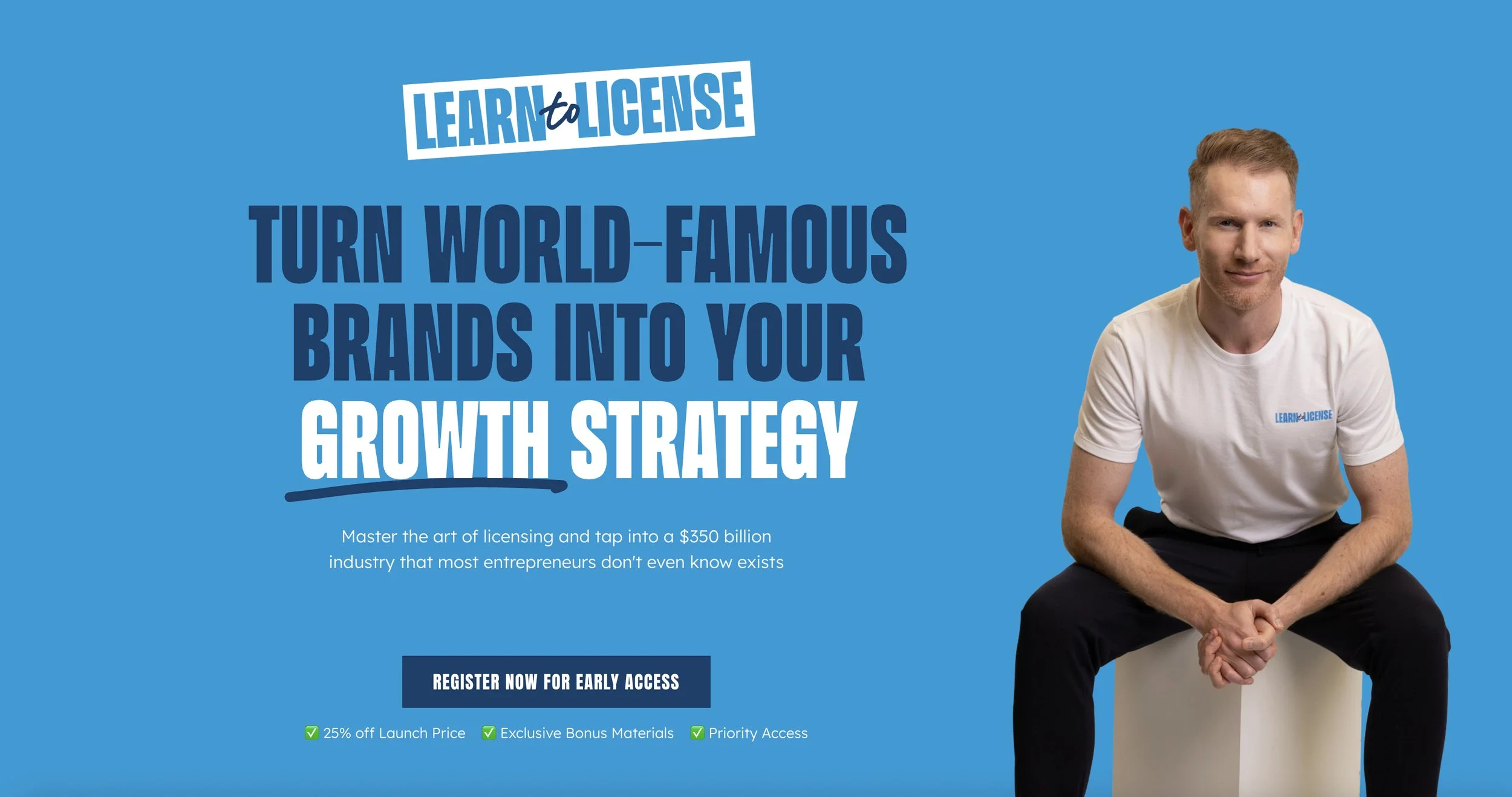Characters & celebrities in advertising: what’s the risk?
Image credit: Rob Demartin
This year’s Super Bowl saw numerous brands spend what can only be assumed to be enormous amounts of money on creative advertising campaigns. Simply getting a slot at the Super Bowl costs brands around $5.5million per 30-second slot, meaning a 2-minute slot, like the one Jeep invested in this year, could have cost up to $22million in media alone.
With such huge amounts of money invested in these advertising campaigns, the stakes are high. Considering production costs, licensing fees, celebrity endorsement costs and everything else involved with producing a 2-minute ad, Jeep could easily have spent upwards of $30million on this one campaign.
Which means it must have been incredibly difficult for all involved to hear, just days after the Super Bowl ad aired, that Bruce Springsteen, the celebrity star of Jeep’s advertising campaign, had been arrested on drink driving charges in late 2020.
Not only does Springsteen’s indiscretion damage much of the creative work of the ad, it also undoes years of Jeep’s Chief Marketing Officer, Olivier Francois, pitching for Springsteen’s endorsement since 2011.
The Jeep advert was pulled off air for a number of weeks, but was reinstated after Springsteen was cleared of charges.
The risk of celebrity endorsements
The situation couldn’t get much worse for Jeep; a car brand being associated with drink driving is far from ideal. Add on to that the amount of time and resources invested in the campaign, and it’s safe to say that the risk on this occasion has backfired for Jeep.
But they’re in good company. Springsteen isn’t the first celebrity to let down a brand after huge monetary investment into their endorsement - and we’re sure he won’t be the last, either.
Last month, UK telecommunications company EE “quietly dropped” their upcoming advertising campaign with UK singer Rita Ora, after she repeatedly flouted COVID-19 lockdown rules. She’s since apologised to fans (and archived her entire Instagram feed to bury any evidence), but the damage has been done.
Similarly, a few years ago, Motorola ambassador David Beckham was caught using an iPhone instead of the Motorola he was paid to endorse - just a month after the Motorola campaign launched.
And there’s a similar horror story for makeup brand Yardley. Commenting on a contract reportedly worth £500,000 to become the face of Yardley, Helena Bonham Carter said to the press, “I don't know why Yardley chose me, I don't wear much make-up”. Unsurprisingly, she wasn’t the face of Yardley for much longer.
With so much fascination in celebrities and much more transparency of their everyday lives (thanks to social media), it’s unsurprising that these transgressions occur. We know the power of celebrity endorsements, but are they really worth the risk?
Although these instances are few and far between, associating a brand with a celebrity always poses some level of risk. As much as they’re idolised, celebrities are, after all, human beings. And human beings make mistakes.
And for Jeep, EE, Motorola and Yardley, those mistakes have been incredibly costly.
Mitigating the risk by licensing characters in advertising
The benefits of using a celebrity in advertising are clear: the celebrity is instantly recognisable, they have an existing (loyal) fan base to tap into, and they’re a sure-fire talking point, making the brand’s adverts memorable and shareable.
But fictional characters have just as much power - without the risk.
Fictional characters have incredibly loyal fan bases, with often emotional, nostalgic connections to the characters. They certainly have the likeability and shareability factors. And, best of all, they don’t carry the same risk as celebrity endorsements do.
Will one of the Teenage Mutant Ninja Turtles be caught drink driving any time soon?
Will SpongeBob SquarePants be accused of flouting lockdown rules?
Are we likely to see Robocop using the wrong brand of insurance?
Absolutely not.
For brands choosing to license fictional characters in their advertising, there’s much more predictability. The risk of transgression is eliminated almost entirely. A clever alignment between brand and character can pay off for years to come, without the brand sitting on the edge of their seat every time a celebrity appears in the headlines.
In fact, a study released by the University of Newcastle in Australia found that even advertising featuring a fictional character played by a celebrity who later is associated with controversy is at much less risk of negative impact than advertising featuring that same celebrity as themselves. Their research showed that “endorsed brands are protected from the negative side-effects of celebrity misdemeanours if they are featured in their film persona instead”.
We’ve seen first-hand the power that fictional characters can have in brand advertising. MoneySuperMarket’s campaign with Skeletor and He-Man, for example, saw incredible results: 3 different hashtags trended on Twitter moments after the campaign aired, brand Twitter mentions increased from 100 a day to a huge 35,000 per hour, and MoneySuperMarket saw an uplift of 6% in overall revenue.
Fictional characters are just as powerful as celebrity endorsements in advertising, if not more so. Teamed with the fact that they come with very little risk of having to be pulled, it’s fair to say that licensing fictional characters is a very smart investment for brands. As long as the character or characters chosen are suitable for the brand and their goals, advertising featuring fictional characters can be incredibly effective.
Characters offer the power of celebrities, without the risk!
FEATURED NEWS >










